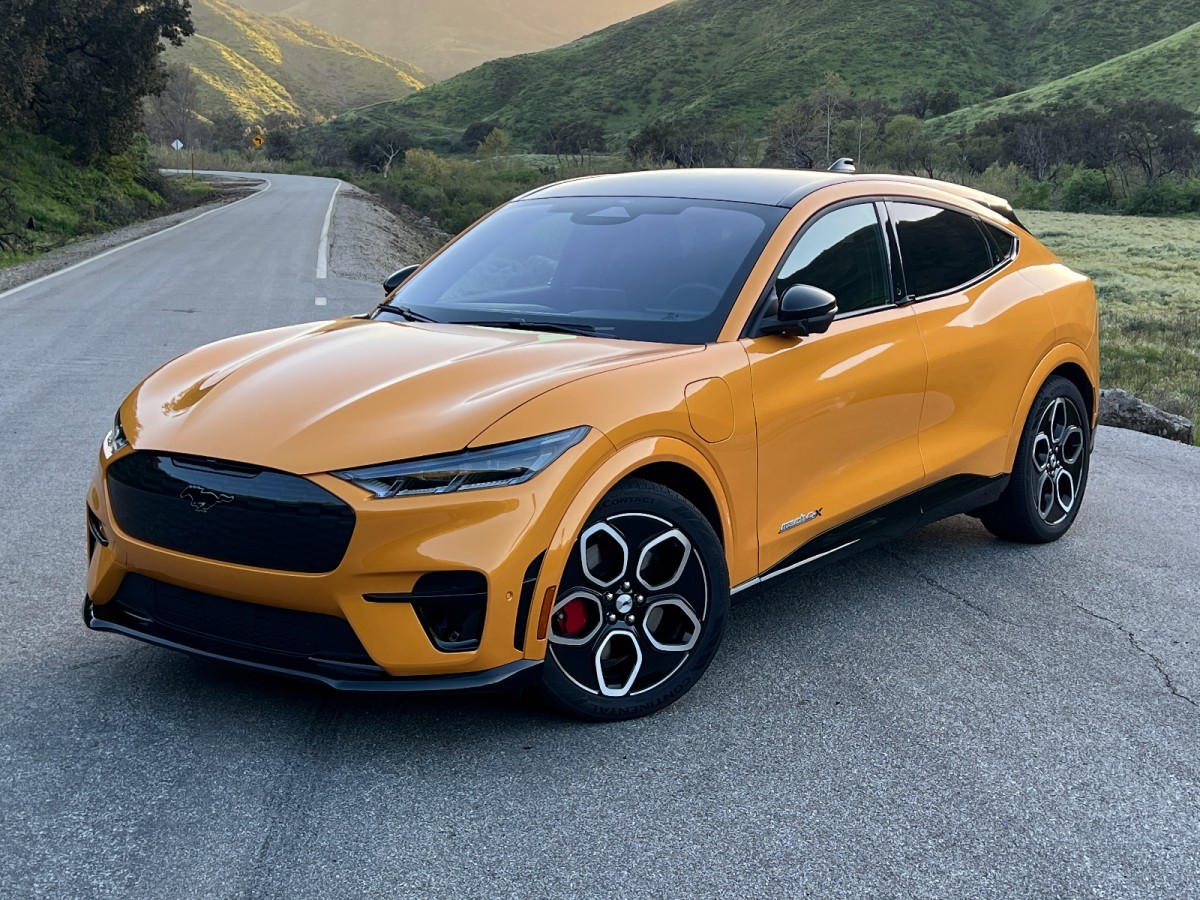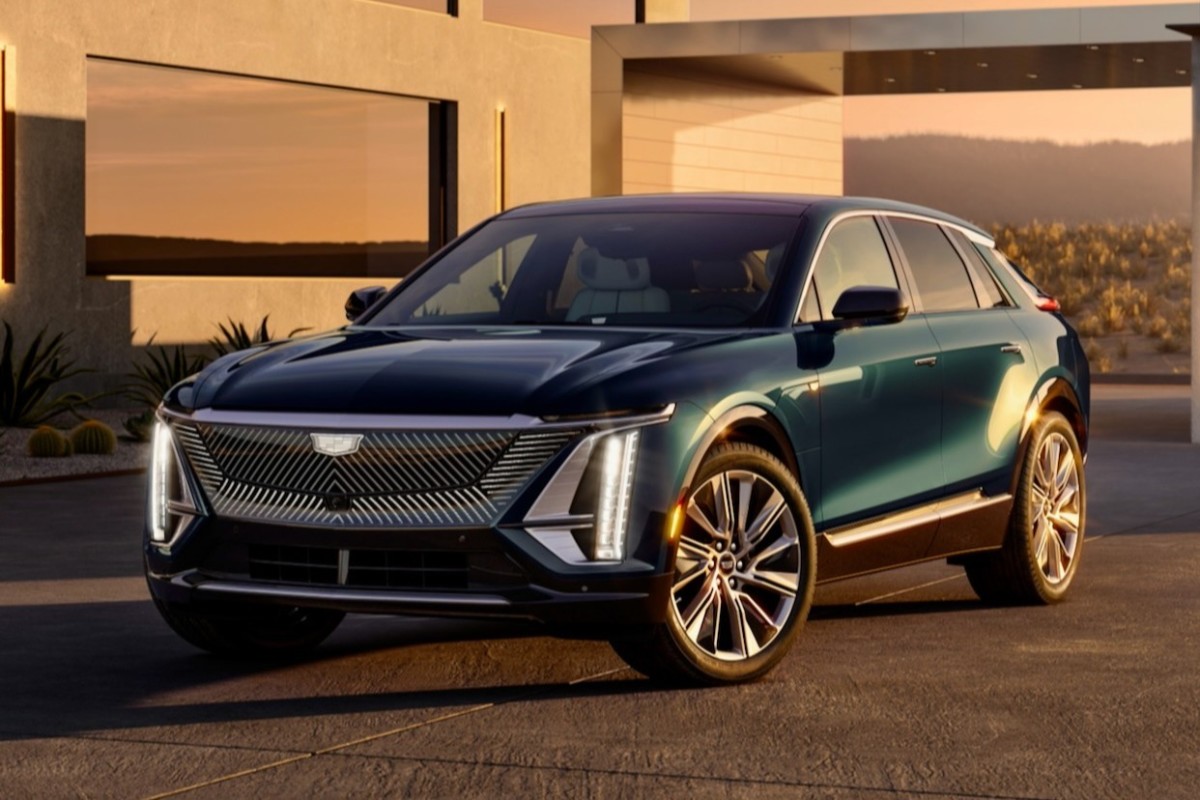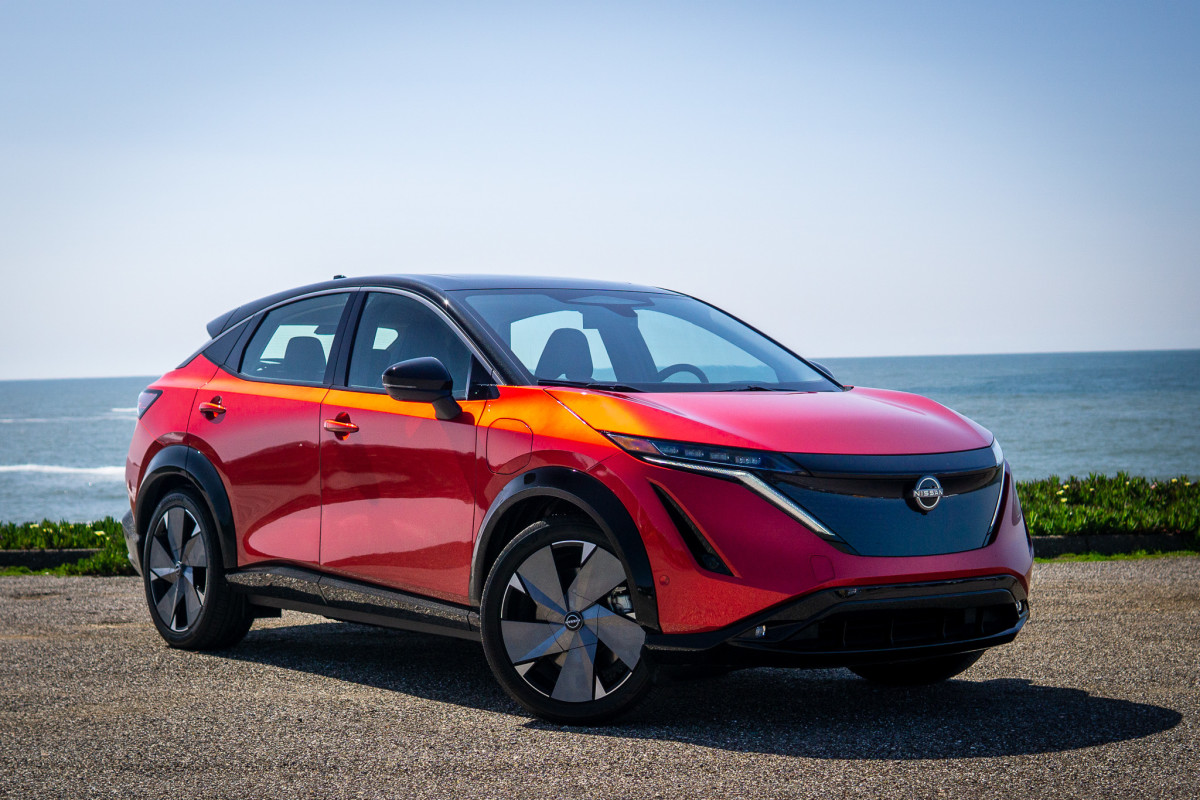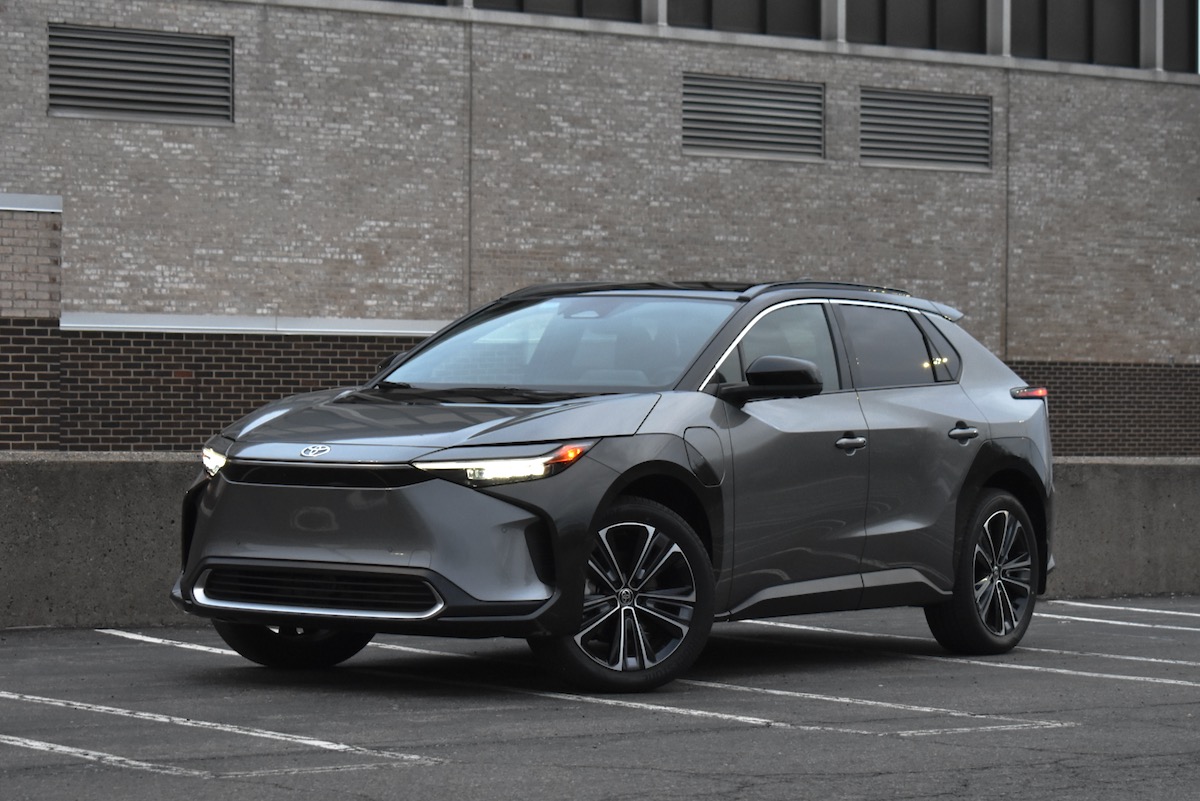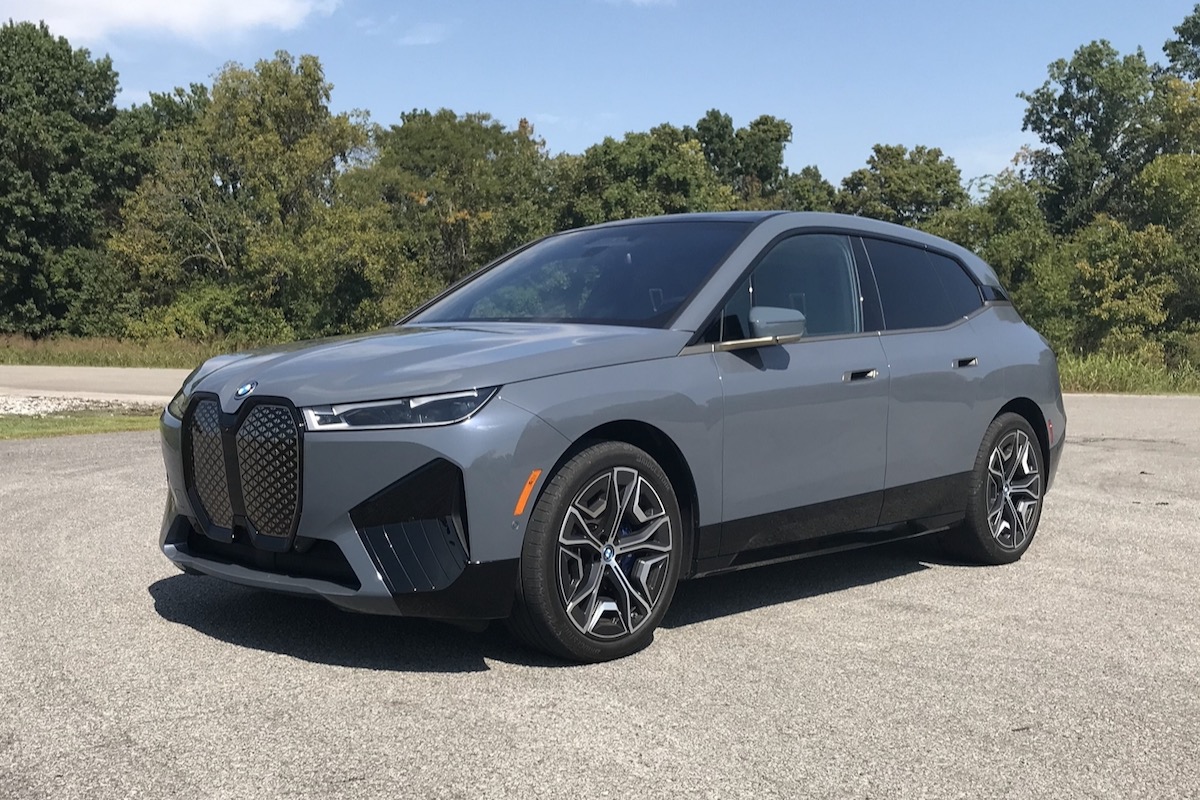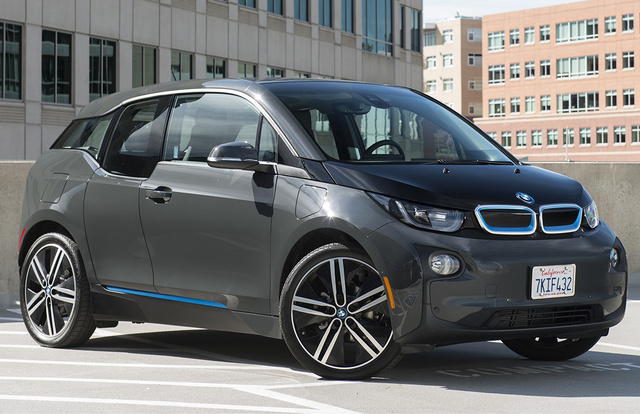American consumers are very familiar with what the likes of Ford, GM, Honda, and other common, everyday automakers have been up to over the past couple of decades. However, the automotive landscape is constantly expanding, and the advent of mass-produced electric cars has brought a number of all-new manufacturers into the fold as well.
To say terms like electric vehicle (EV) sales, EV charging, charging infrastructure, kWh, and range have been trending is an understatement.
Vaporware permeates throughout EV concept press releases, but there’s still plenty of real progress made by legacy car manufacturers and startups/small EV companies from the United States, Japan, Europe, and China. They’re not only reinventing the vehicles we drive, but also the way we buy them. Figuring out which companies are at the top of their game and which barely leave the bench is important to know, as it could make the shopping experience a lot easier in the coming years. Let’s go over where these EV companies stand as a sort of score card, and not only learn where they’re at with EV technology and adoption, but also get an idea of where they’re headed.
Despite some brands lagging a little bit behind, and recent policy changes related to EVs, the future is bright for carmakers reducing tailpipe emissions.
The Best Electric Car Companies
- Ford Motor Company
- Geely
- General Motors
- Honda
- Hyundai, Genesis, and Kia
- Lucid
- Nissan
- Rivian
- Stellantis
- Tesla
- Toyota
Ford Motor Company
Up until a certain point, there’s been Tesla and there’s been everyone else. But that tide is changing, thanks to both new products and new versions of legacy vehicles that have resonated with American consumers.
Talk to your average Baby Boomer and they’ll give you a 20-minute soliloquy on why the Mustang Mach-E isn’t a Mustang, but regardless, they sold well in the 2023 and 2024 model years. The Mach-E is a compelling product, with good looks, great performance and the form factor that Americans seem to want to drive. Our bet is that in time, the Mach-E will outsell the conventional Ford Mustang by a massive margin.
The second prong in Ford’s approach is the Ford F-150 Lightning, which sold 15,617 back in 2022, amid chip shortages, inflation and every other economic disaster the world could throw at it. The F-150 Lighting is—for the sake of argument—a conventional pickup truck, just powered by a battery and an electric motor, making it more palatable to people who might not normally consider an EV. Fleet customers and contractors can also take advantage of similar technology in the E-Transit cargo van.
Geely
While many American consumers haven’t heard of this Chinese conglomerate, they’re certainly familiar with three of its brands that are sold here: Volvo, Lotus, and Polestar. Well, perhaps not as much when it comes to the latter, but the Polestar 2 is among the most well-received EV sedans on sale today, offering 220-310 miles of range and a more enthusiast-tuned driving experience.
The automotive industry was shocked when it heard that Lotus would be dropping its freshly debuted Emira internal-combustion-engine (ICE) sports car in just a couple short years. However, that’s recently been walked back, and instead, the British-based firm will be bringing its Eletre EV SUV to American shores. It achieves over 300 miles of range and produces as much as 900 horsepower. We’re anxious to see how fun-to-drive it is.
Despite possessing many of the same underpinnings as Polestar, Volvo’s EV lineup has expanded into a nice array of affordable luxury options. The EX30 compact crossover not only looks great, but offers up to 253 miles of range, a level 3 DC fact charging rate of 27 minutes, and will hit the 60 mph mark in 3.5 seconds. The C40 and XC40 Recharge are sedan-crossover siblings, offering much of the same as the EX40, just with nearly 300 miles of range, a bit more interior space, and a nice upgrade in amenities.
General Motors
There was a moment there when GM was at a distinct disadvantage because it had sold over the 200,000 cap that allowed consumers to take advantage of the full federal tax credit for buying an EV. But the Inflation Recovery Act signed into law in 2022 swept the cap off the table, and instead incentivized manufacturers to do what GM was already doing, namely to deliver cars with as much home-grown battery and motor components as possible.
GM has progressed through stages of EV development, appearing to learn every step of the way. The Chevrolet Volt (2011 to 2019) was an interim step that allowed GM to offer a plug-in electric vehicle with a range-anxiety-solving on-board generator. It picked up major awards while selling over 157,000 units in the United States alone. With the Cadillac ELR, GM took the same platform and built an attractive luxury car on top of it, but the car it was in was all wrong, a luxury coupe in an age when premium consumers were buying crossovers.
The future of GM EV production is on the verge of a dramatic shift. The Chevrolet Bolt and Bolt EUV both sold well and offered Americans a bite at the EV apple for the lowest possible entry price. Despite record sales, production of both models ended in 2023 model year. Fortunately, GM has confirmed that a new version of the Bolt will return.
GMC began delivering the Hummer EV in 2022, which is absurdly priced and sized, but also shows some of the promise of a powertrain that isn’t dependent on a driveshaft, putting motors at the wheels and allowing them to steer in multiple directions.
That vehicle is the basis for the Cadillac Lyriq, which began deliveries in 2023. Following that is a tsunami of electrified products, including the Buick Electra E5, Cadillac Celestiq, Chevrolet Blazer EV, Chevrolet Equinox EV, Chevrolet Silverado EV, and even two products from Honda and Acura.
Honda
Last year ushered in the all-new Honda Prologue, an electric SUV that is the initial product offering in a partnership with General Motors, running on the same BEV3 architecture as the GMC Hummer EV and Cadillac Lyriq. It has an 85-kWh battery, which offers an EPA-estimated range up to 296 miles before charging. The same technology is also employed in the 2024 Acura ZDX, although with a bigger battery (102-kWh) and more range (up to an estimated 313 miles).
According to Honda, it plans 30 EVs for worldwide production before 2030. If its ambitions are correct, Honda says it will sell two million EVs, representing nearly half of its total annual sales.
Hyundai, Genesis, and Kia
Hyundai is quietly killing it in the electric vehicle space, making some of the best EVs on the market. Among them are the Hyundai Kona Electric and the Hyundai Ioniq line that includes a host of compelling vehicles: the Ioniq 5 and Ioniq 6 boast groundbreaking EV designs, and the most-recent Ioniq 9.
According to Hyundai, the Ioniq 5’s battery pack can maintain charging rates of more than 200kW from a 10 percent state of charge to about 55 percent, thanks to a new battery cooling system that places each battery in direct contact with a cooling plate. The car also features bi-directional charging, which allows it to power accessories like tools and laptops.
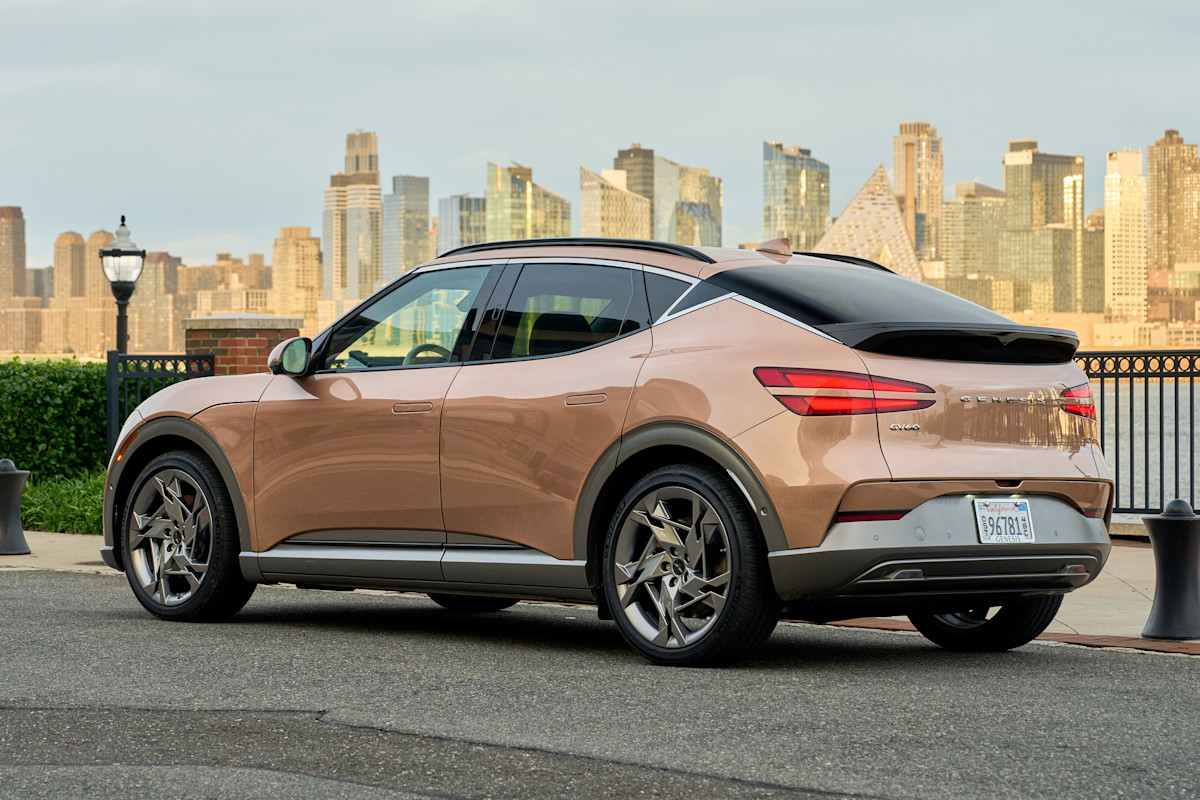
Hyundai’s luxury brand, Genesis, carries over three familiar EVs in its stable from 2024. The GV60 crossover, built on the same E-GMP platform as Hyundai’s Ioniq series, the Electrified GV70 SUV, and the Electrified G80 sedan. In some instances, these models undercut luxury EV rivals' price by a huge margin.

We’re also bundling Kia with Hyundai here only because the brands share technologies. Kia got off to a great head start with the Soul EV, which was one of the most entertaining early EVs we drove, but has since left the US market. Kia is now adopting its own design language with the EV6, which shares a platform with the Ioniq, and it also delivers the Niro EV in pure electric platform, as well as plug-in hybrid and conventional hybrid versions. They've been joined by the 3-row, seven passenger EV9.
Lucid
Lucid is relatively new player in the luxury EV segment. The company appears is intent on luring affluent shoppers away from brands like BMW and Mercedes-Benz. However, like another recent EV upstart, Rivian, Lucid offers more sustainability throughout its product lines than other automakers.
The Lucid Air features a massive battery with the most impressive range of any EV currently available, with up to 512 miles of range. It also produces vehicles with sub-2-second 0-60 times, albeit at a significant price. These vehicles theoretically start at $70,000, but base MSRP (manufacturer's selling retail price) can climb to $249,000 should you opt for the high-performance Sapphire trim. Lucid’s second vehicle, the $95,000 Gravity SUV, debuted for the 2025 model year.
Nissan
It’s easy to forget that the first mass-market EV sold by any manufacturer in the 21st century came from Nissan. The early Leaf was a relatively successful product, selling 150,000 units since its introduction, but it was also an example of miscalculation about what Americans wanted out of an EV. Like all fuel-saving products that came before it, Nissan predicted that customers would favor the smallest, least expensive, most economical package possible, rather than a full-blown luxury car with tons of power. But, the real issue with the Leaf was a lack of range.
Nissan still offers the Leaf, now in its second generation. It’s a more substantial car, and when equipped with the optional 60-kWh battery, it’s capable of driving 212 miles on a charge.
Nissan introduced the Ariya for the 2022 model year, which has a lot more potential to reach a broader swath of consumers. The Ariya is a crossover SUV with up to 289 miles of range, but thanks to an available 87-kWh battery pack, charging time is less than some vehicles like the Mercedes-Benz EQS.
Nissan has unveiled its “Ambition 2030” plan with four EV concepts called Chill-Out, Max-Out, Surf-Out and Hang-Out. You’re not alone if you think those names are meaningless, so we’ll describe them in terms that make sense. Chill-Out appears to be a compact crossover, Surf-Out is a compact pickup along the lines of a Ford Maverick or a Hyundai Santa Cruz, Hang-Out is a fun compact SUV similar to the Nissan Cube, and Max-Out is a full-on luxury sport convertible.
Rivian
Rivian is one of the brands that felt like a pipe dream not long ago. But, it’s managed to deliver its R1T pickup, to the point that it’s becoming a familiar sight on American highways. In 2023, the company launched the R1S SUV based on the same platform.
More recently, the California brand unveiled the 2026 R2 SUV, a smaller and more affordable option that’s expected to start around $50,000. It has just as much adventure-ready gusto as the R1, and the looks have a definite Land Rover vibe.
Additionally, Rivian unveiled the 2027 R3 and R3X: An even smaller crossover/big hatchback that pulls a lot of styling inspiration from legendary enthusiast cars like the Lancia Delta Integrale and Volkswagen Golf GTI. We absolutely cannot wait for this retro-futuristic masterpiece to start rolling off the production line. Expect prices to start around $40,000.
What you likely already see on roadways are Amazon Custom EDV delivery vans that are delivering packages everywhere. This box on wheels makes its presence known with Rivian's signature boldly styled headlamps.
Commercial vehicles tend not to make manufacturers a ton of money, but that's not a problem since Rivian now offers these vans available to retail buyers. The future looks bright for this EV upstart with significant investments from Amazon, Ford, and retail giant Cox Automotive.
Stellantis
Stellantis brands haven’t exactly been known for environmental friendliness up to this point. Remember, this is the company that offered a 707-hp supercharged V8 in just about every Dodge product, along with the massive Ram 2500s and 3500s navigating America’s highways.
But the merger between Fiat Chrysler Automobiles and the French PSA Group made this the fifth largest automaker in the world, and as such, has forced the company to reckon with a global appetite for electric vehicles, rather than just a focus on niche American markets.
By 2030, according to Stellantis, 100 percent of its European sales and 50 percent of its American sales will be EVs. The brand plans to offer more than 75 battery electric vehicles by that time.
It has introduced four battery-electric vehicle platforms: the STLA Small, Medium and Large platforms are unibodies, while the SLTA Frame is a body-on-frame platform.
It’s the STLA Frame that ignited the first bit of news about Stellantis’s electric future. This is the underpinning of the all-new Dodge Charger, an EV that boasts up to 670 hp. Ram then made news announcing the 1500 REV full-size electric pickup truck.
Jeep has already made significant strides with its Wrangler 4xe and Grand Cherokee 4xe plug-in hybrids, and 2026 Jeep Recon will be the brand's first EV.
Tesla
Tesla is regarded as the number one EV manufacturer on the planet, but that ranking may drop soon. Despite an increase in unflattering headlines about company head Elon Musk, Tesla continues to deliver a range of vehicles that has forced the legacy manufacturers to reevaluate their product line.
That said, while manufacturers like Ford and GM have diversified the product line with full-size pickups, wild off-road SUVs and entertaining crossovers, the Tesla Model S, Model X, Model Y and Model 3 have seen relatively few changes. The Cybertruck enjoyed robust sales when it first launched, but the company has since slashed prices to draw down burgeoning inventory.
Tesla’s growth has been astounding, and completely unprecedented since Volkswagen's entry into the US market in the 1950s. In 2015, Tesla sold 18,000-some-odd vehicles. In 2022, it sold 535,069, gobbling up 3.92 percent of the entire market share in the United States, putting it on par with Subaru, and blowing Mazda straight out of the water, despite the latter having a 50-year head start.
The other thing in Tesla’s corner is its proprietary charging stations. If you’ve tried charging an EV on a road trip, you know that it’s a little Wild West out there in terms of charging network providers. But Tesla owns its Supercharger stations, and they’re everywhere. Competitors have announced plans to make their EVs ompatible with Tesla’s North American Charging Standard (NACS) and therefore able to take advantage of all those Superchargers. This instantly doubles the amount of chargers available to non-Tesla’s compatible with NACS.
Toyota
Toyota owned – and still owns – the hybrid market, but it's still in the starting blocks of the EV market. Back in January 2023, Toyota’s chief scientist Gill Pratt was still arguing that Toyota’s multi-pronged approach – which includes hybrids, plug-in hybrids, EVs and hydrogen power – would be the right way to reduce environmental impact, rather than reliance on battery-powered EVs alone. In the short term, that appears to have been the right approach; the company sells hybrid vehicles by the truckload while EV adoption continues its ebb and flow.
Those hybrids and plug-in hybrids still set the benchmark, but the hydrogen-powered Mirai has been hamstrung by supply issues and very limited availability. The electric Toyota bZ4x--which shares all of its drivetrain with the Subaru Solterra–-had a disastrous launch which resulted in a stop-sale order and months of delays for both brands. It has never been a hot seller for the brand.
A few years back, Toyota showed an array of 15 EV prototypes from the Toyota and Lexus brands, including an FJ Cruiser-like SUV, a pickup, small buses and a luxury sports car. Those ambitions have been significantly trimmed since, though recent news hints at a new Toyota compact crossover on the horizon.

